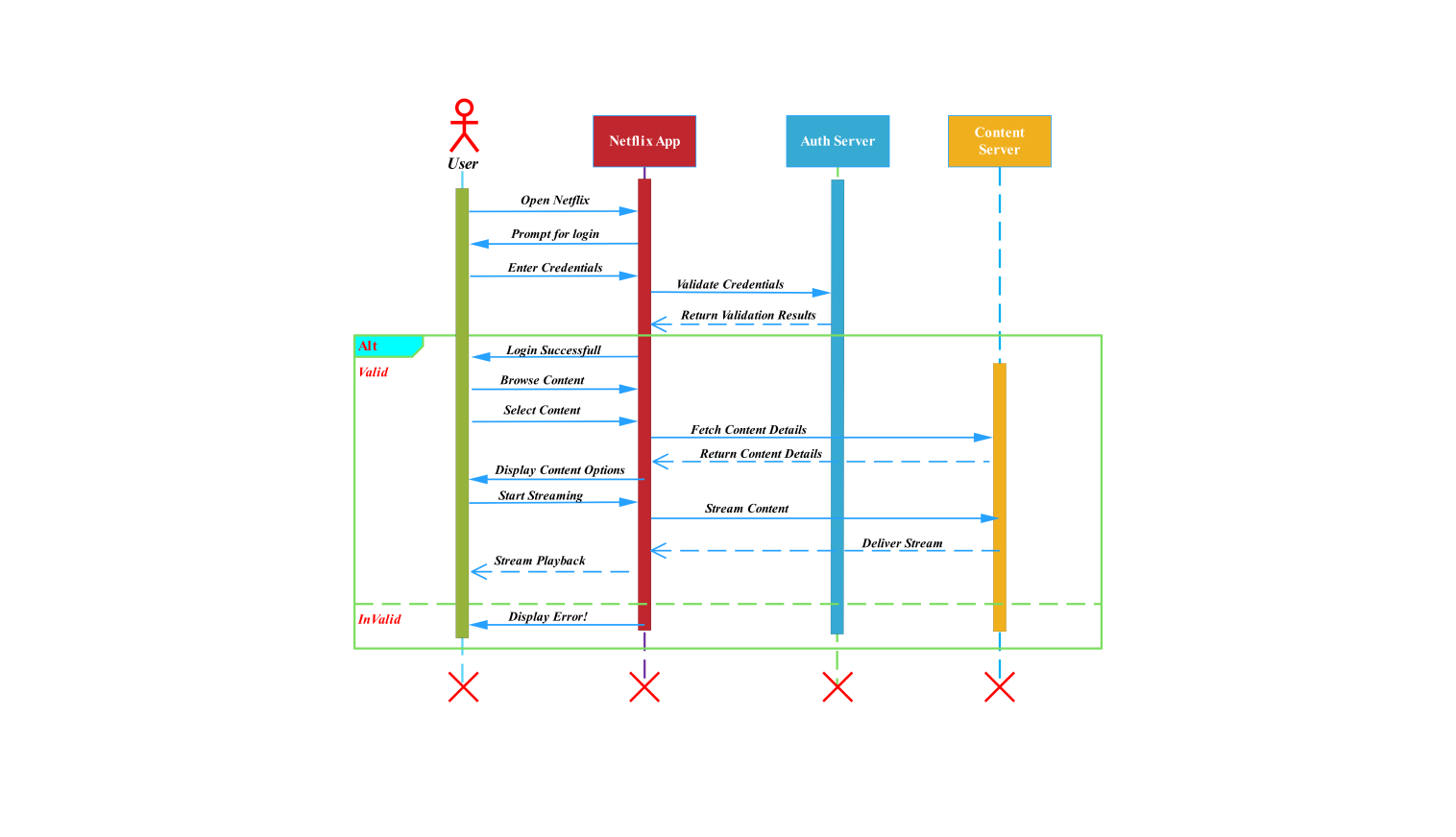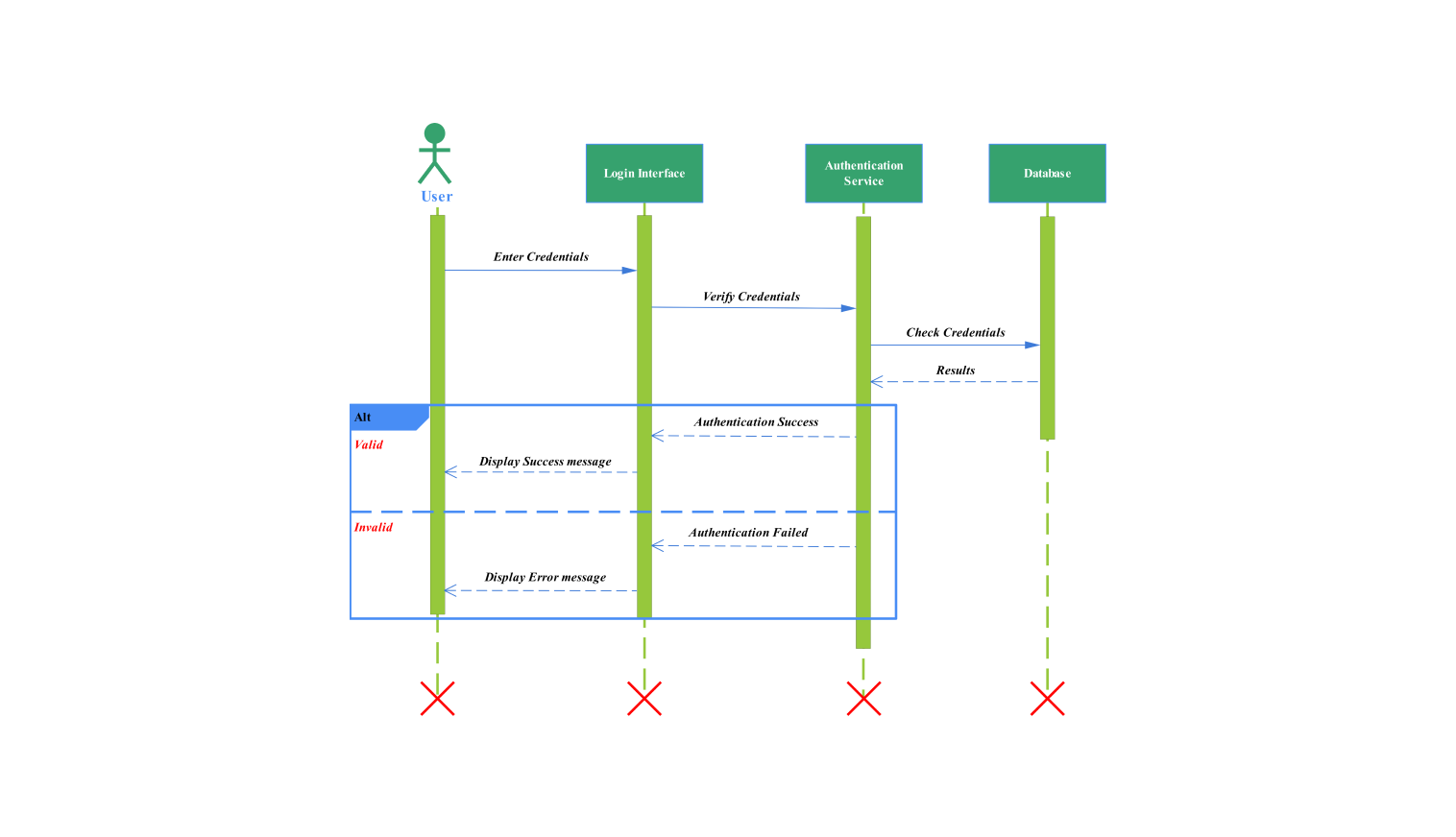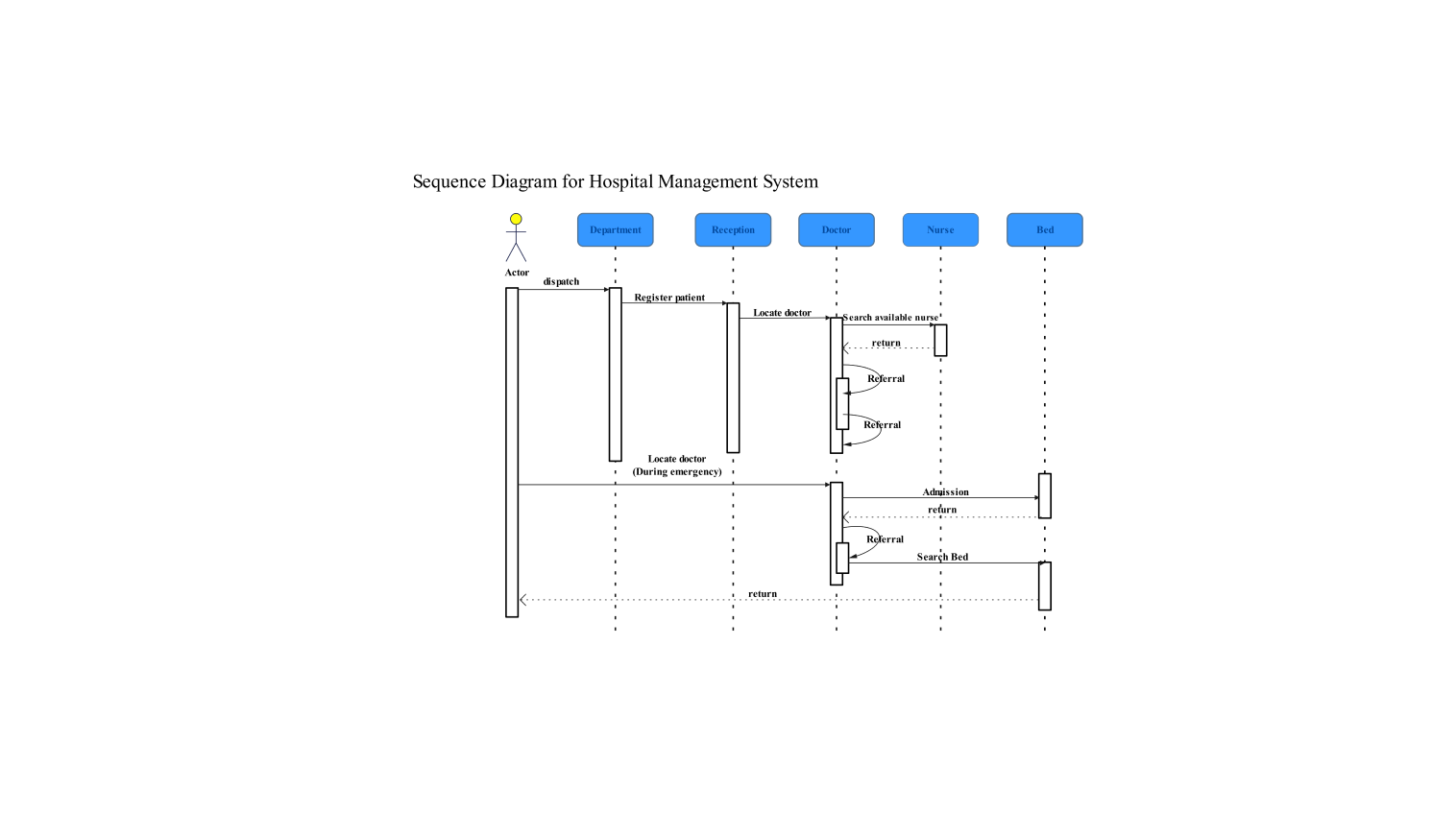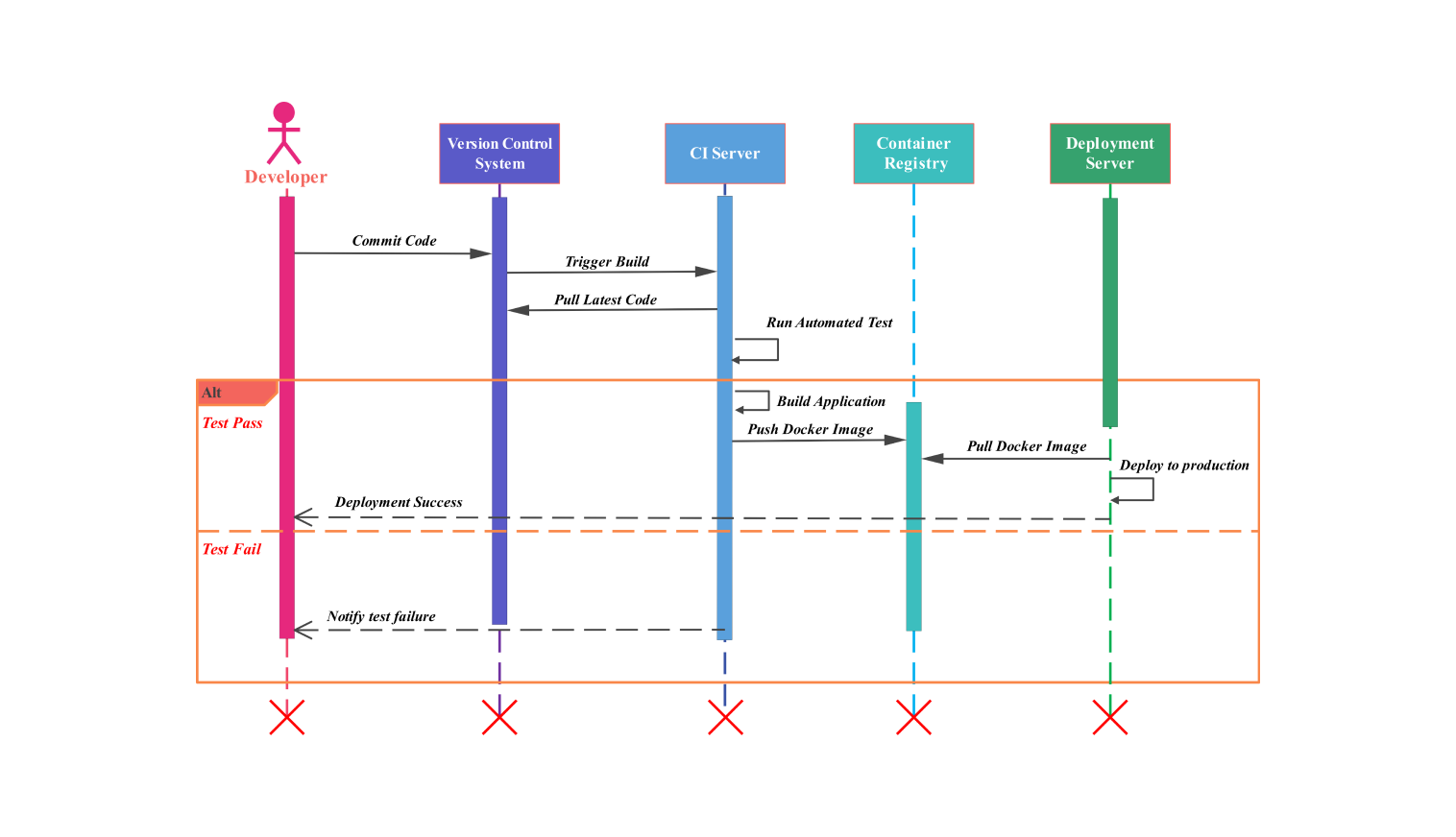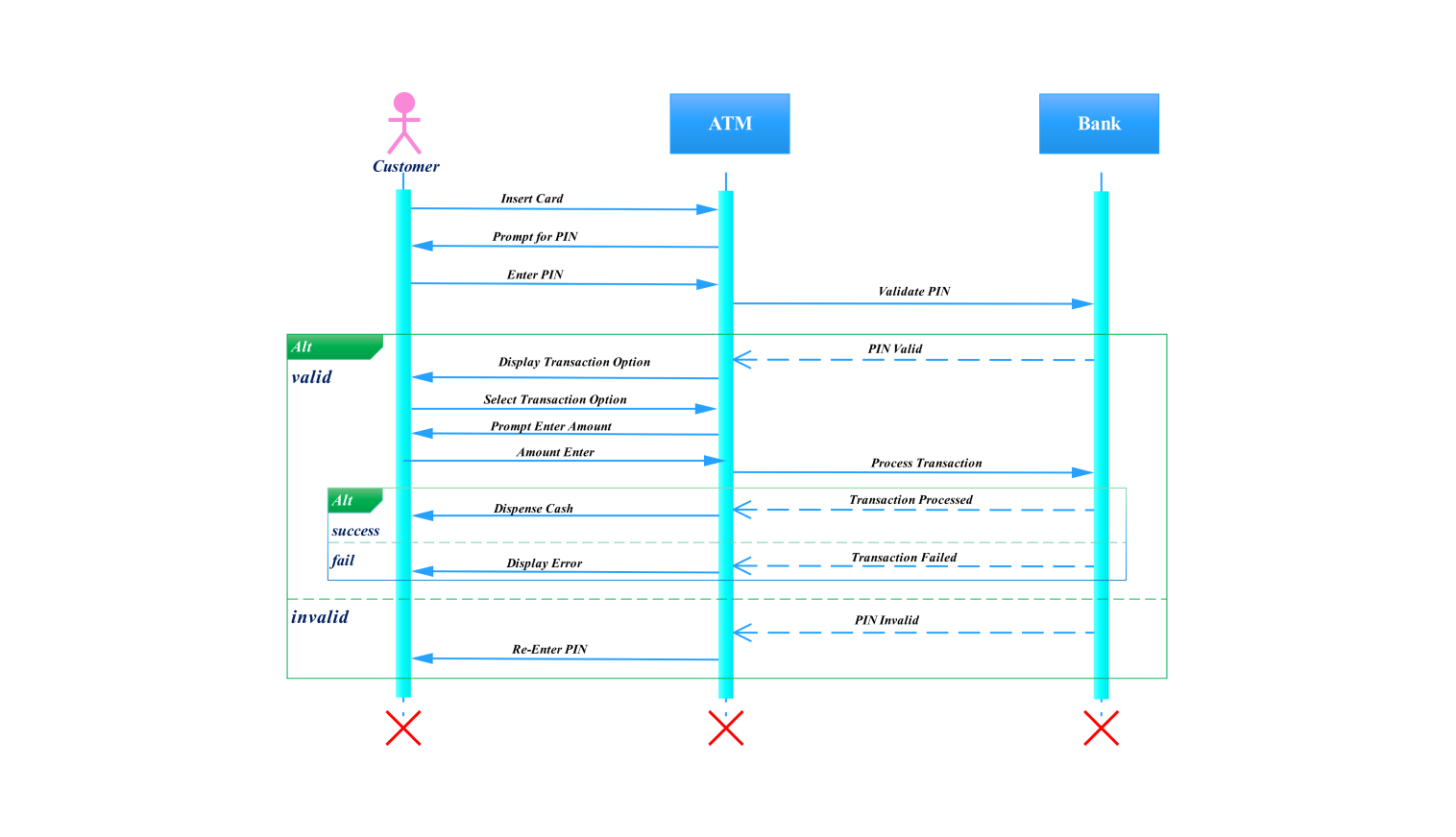- All templates
- Sequence diagram templates
- Sequence diagram food ordering system
About this sequence diagram for the food ordering system
This UML sequence diagram for the food ordering system covers the process from ordering to payment confirmation and delivery. The customer is the first actor, who places the order. The order system passes it on to the restaurant for confirmation of availability. The restaurant checks if it has the ordered items. It then replies to the order system. It accepts or rejects the order based on item availability.
Upon the assurance of the order being available, the order system responds to the customer with an order confirmation, as the items have been made available for sale. Here, the customer goes ahead with payment. A request to make the payment is first sent to the payment gateway by the order system. The payment gateway is responsible for the payment processing. The payment gateway handles the process. It then responds to the order system. It either confirms a successful payment or advises that it failed.
If the payment goes through, the payment gateway forwards the confirmation to the order system. It then confirms with the restaurant that the order is fit for preparation and delivery. Finally, the restaurant cooks the order. Then, it delivers it to the customer, thus completing the exchange. This effective sequence illustrates the experience where each component of the system: order verification, payment, delivery, and all other activities takes place without strain to the user.
If a payment transaction fails, the payment gateway informs the order system. It then notifies the user of the failed payment attempt. The sequence diagram labels this path as an alternative. It explains what will happen if a payment fails. The customer will be prompted to try again or change their payment method.
This UML sequence diagram for the food ordering system shows how the customer, the order system, the restaurant, and the payment gateway are connected. These steps ensure that the information about availability, payment, and delivery progress is conveyed to the customer at all times, which boosts trustworthiness.
This sequence diagram helps viewers understand each actor's role in completing or fixing the order. It ensures customers' needs are met by organizing the processes and dialogues at every step.
Related templates
Get started with EdrawMax today
Create 210 types of diagrams online for free.
Draw a diagram free Draw a diagram free Draw a diagram free Draw a diagram free Draw a diagram free
